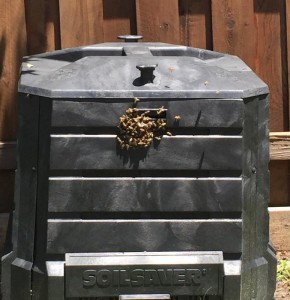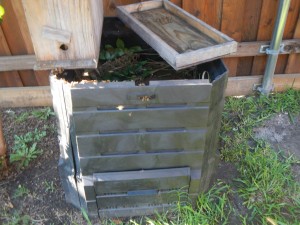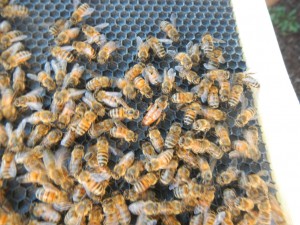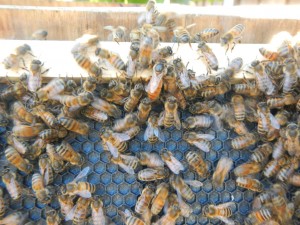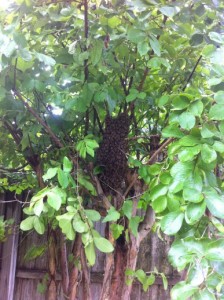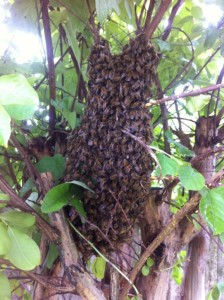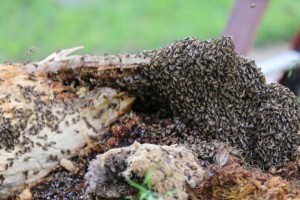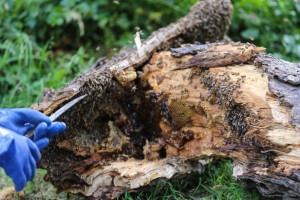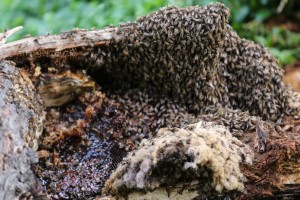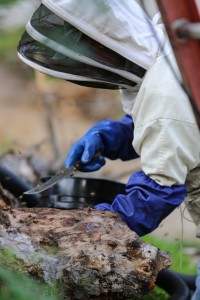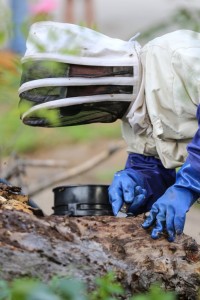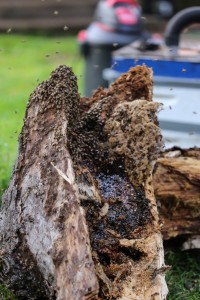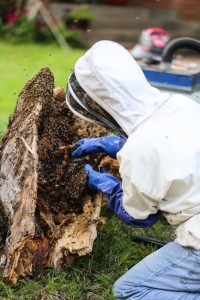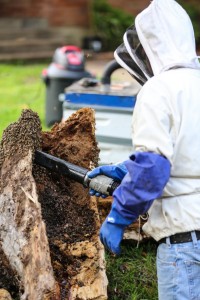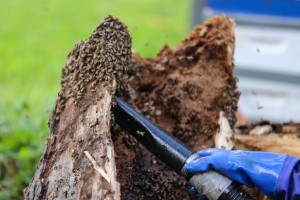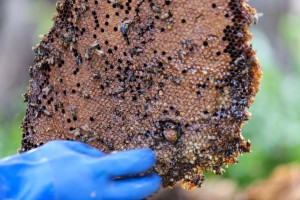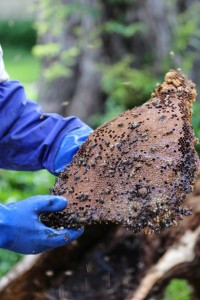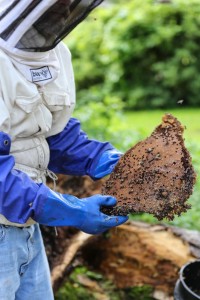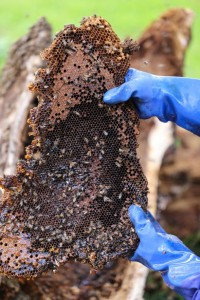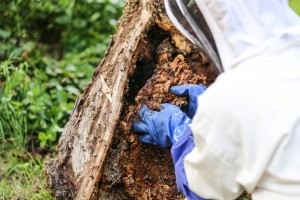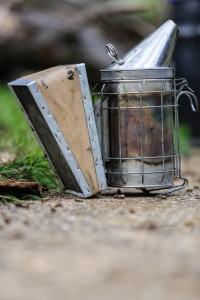I spent the first half of today with a great team of individuals that are committed to assisting Texas residents with agriculture – whether it be in the form of commercial agriculture, or backyard gardening – and all stages in between.
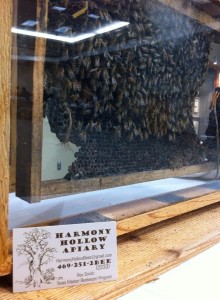 Today my talk was about backyard beekeeping – covering subjects such as protective gear, beekeeping equipment (woodenware), types of hives, plants that benefit from honeybees, and products of the hive – and the Texas Master Beekeeper Program was represented.
Today my talk was about backyard beekeeping – covering subjects such as protective gear, beekeeping equipment (woodenware), types of hives, plants that benefit from honeybees, and products of the hive – and the Texas Master Beekeeper Program was represented.
My freshly built observation hive was also brought to show off a frame of bees to the public.
The event is over, now – however, here is a link to the event information: Garden 2 Table – Texas Agrilife Extension
Also watch for an article in the Dallas Morning News in the next few days about the event – as well as photos.

